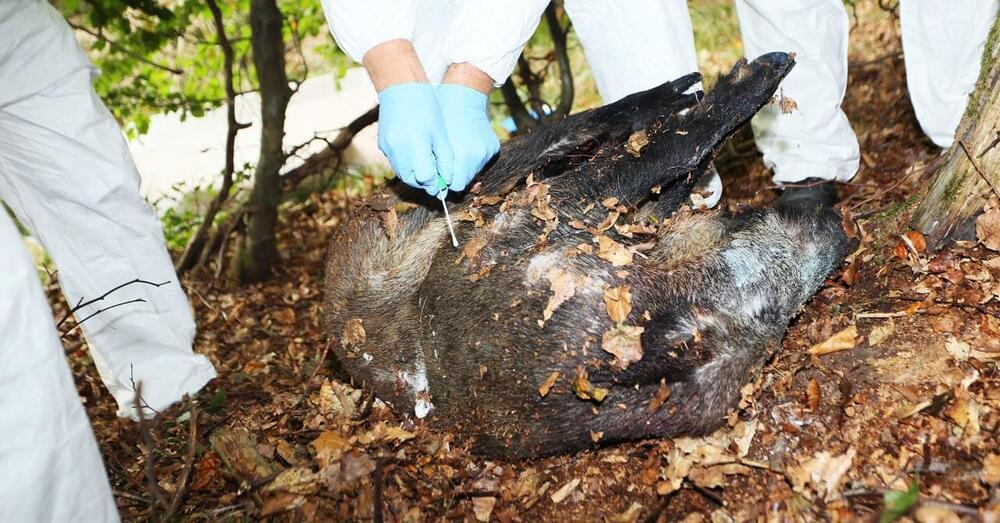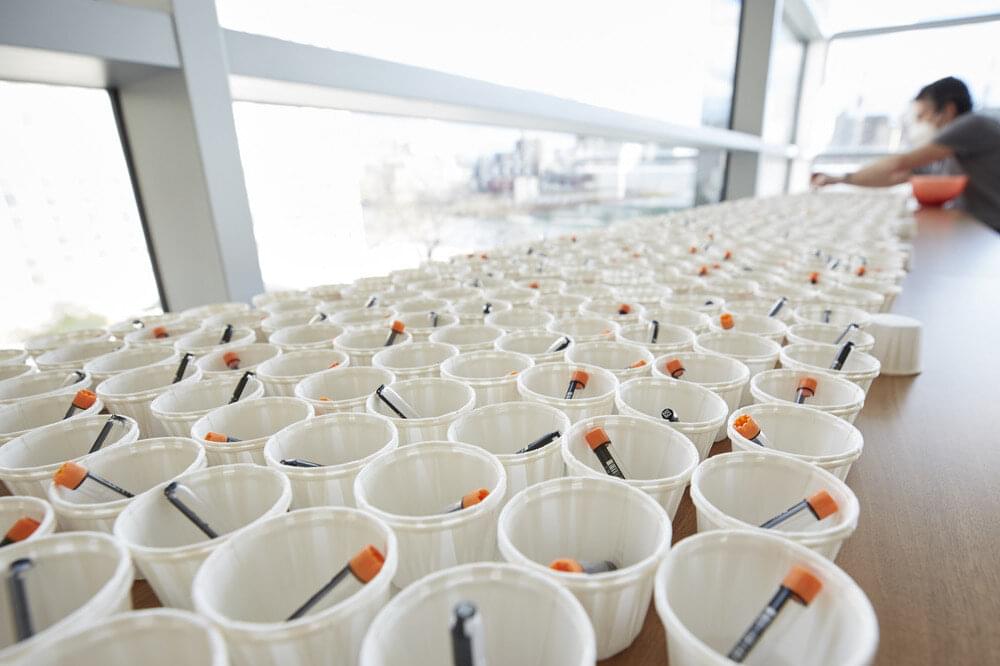Whoever controls AI controls the world
“Most Valuable AI unicorn” goes for IPO.
“In 2019, SenseTime became one of the first Chinese companies to be placed on the US Entity List, a trade blacklist that restricts it from gaining access to certain technologies originating from the US. The White House under Donald Trump claimed that the company was ”implicated in human rights violations and abuses in the implementation of China’s campaign of repression, mass arbitrary detention, and high-technology surveillance” against the Uyghur population, a mostly Muslim ethnic group in the Xinjiang region.
SenseTime – a Chinese artificial intelligence (AI) company – has been approved to list on the Hong Kong Stock Exchange.






